Affiliate links on Android Authority may earn us a commission. Learn more.
What is Google Nest? Everything you need to know
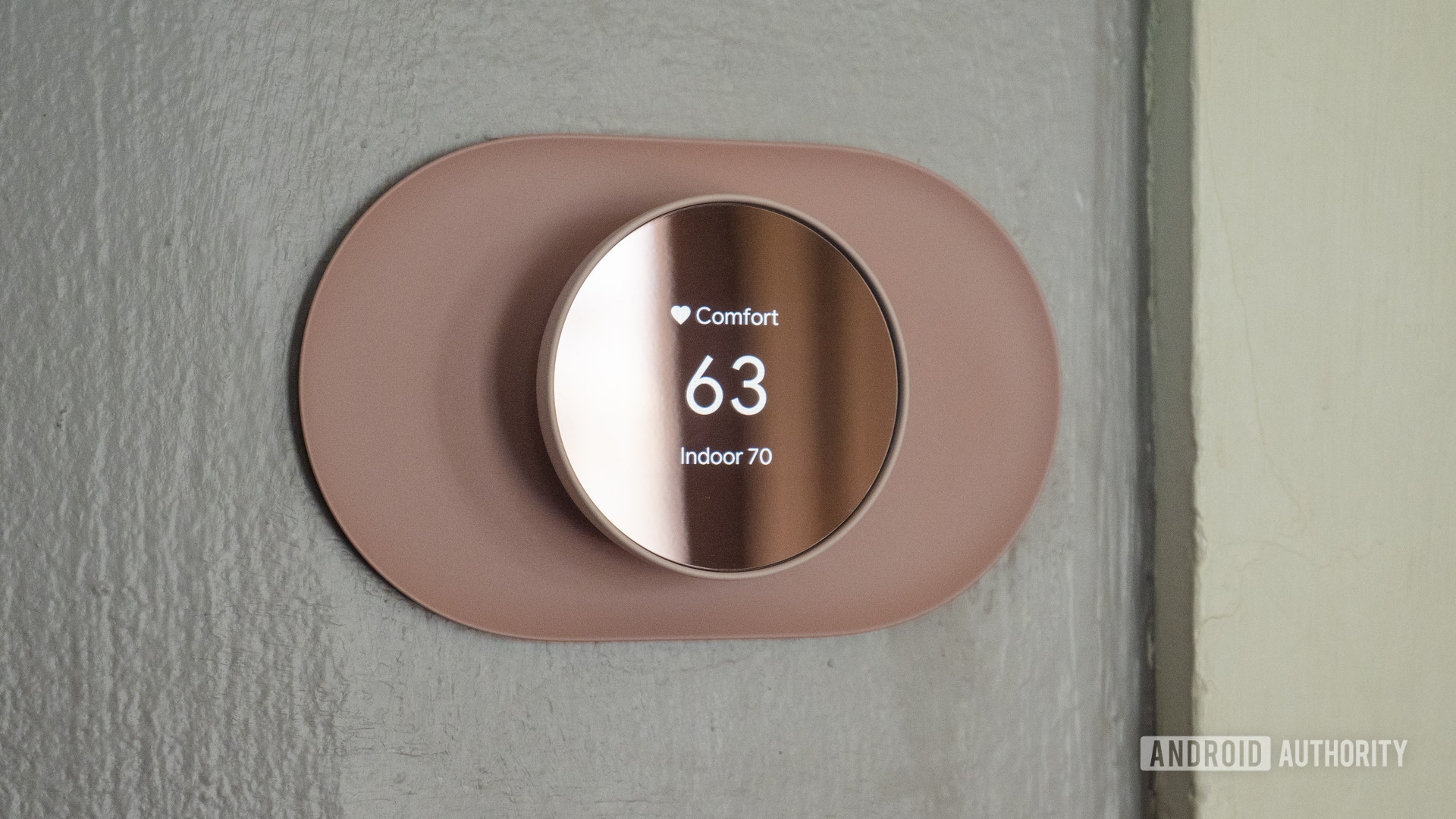
While Google’s biggest interests are ads, subscriptions, and its Pixel phones, the company is pushing ever deeper into hardware, and it’s hard to ignore its Google Nest brand. Here’s a primer on Google Nest, including its history and product lineup.
What is Google Nest?
Simply put, it’s Google’s in-house smart home label. That folds in anything and everything that could be classified as a smart home product, including cameras, speakers, locks, thermostats, Wi-Fi routers, and Chromecast devices. There’s also a subscription service for camera-equipped devices called Nest Aware.
The history of Google Nest
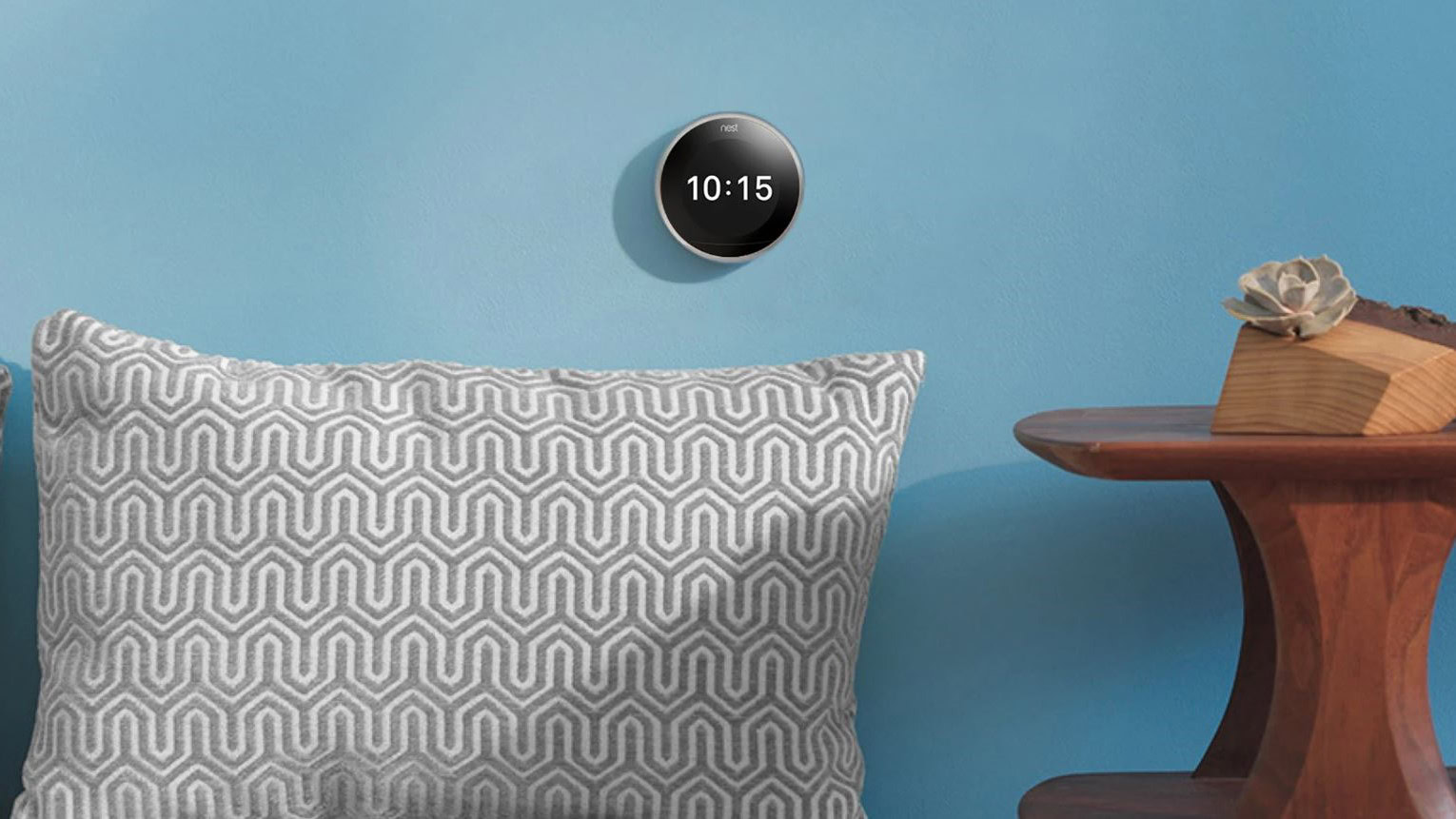
The brand’s origins trace back to a separate company, Nest Labs, launched in 2010. One of its founders was iPod creator Tony Fadell, who came up with the idea for the first Nest Learning Thermostat. The product was a hit, successful enough that Nest began iterating on the Thermostat and expanding into other categories.
Google announced plans to buy Nest Labs in January 2014, ultimately spending $3.2 billion on the takeover. Nest continued to operate independently for a while however, even acquiring security cam maker Dropcam and smart hub firm Revolv.
The latter was a point of controversy, since Nest intentionally bricked Revolv hubs in May 2016 despite Revolv selling “lifetime” subscriptions to its online service. The fallout included dozens of Nest workers quitting the company. Fadell stepped down from his CEO position in June 2016, becoming no more than an advisor.
In February 2018, Google announced that Nest was being merged into its hardware division. Google was already in the smart home sphere thanks to the Chromecast and its Google Home speakers, but there were plans for deeper integration of Nest with platforms like Google Assistant. Nest Labs co-founder Matt Rogers decided to leave the company, as did its then-CEO, Marwan Fawaz.
The Google Nest brand was officially announced in May 2019 during Google I/O. Some existing products were renamed, such as the Google Home Hub (now the 1st gen Nest Hub), and the Works with Nest compatibility program was dropped in favor of Google Assistant and the Google Home app. People with Nest accounts were migrated to general Google logins.
What products does Google Nest have?
Thermostats
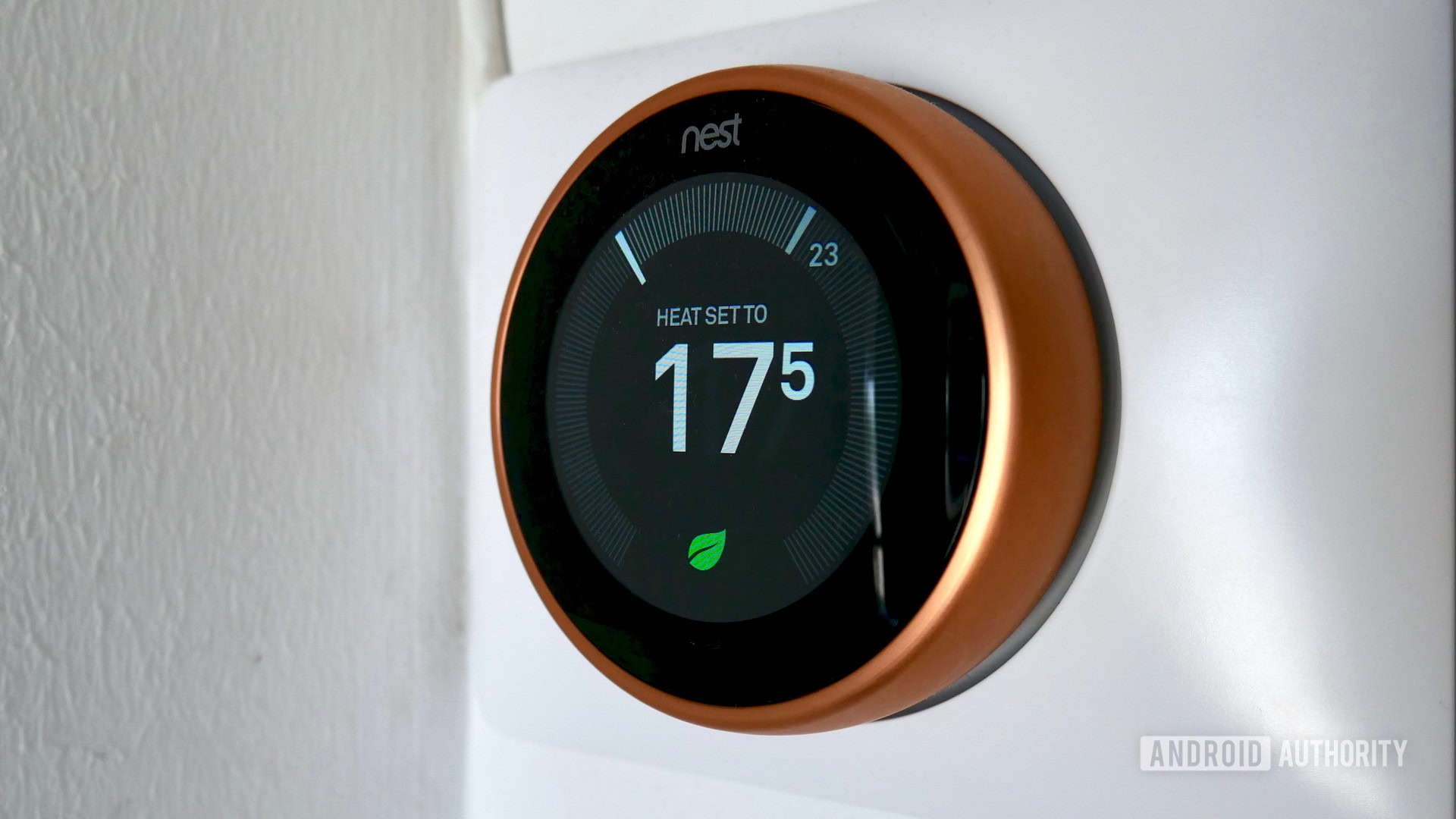
- Nest Learning Thermostat: Nest’s flagship product adjusts its heating and cooling schedules based on your habits and the most efficient settings.
- Nest Thermostat: A less expensive alternative, this drops automatic learning functions, external sensor support, and compatibility with some wiring configurations. It does have a slick new look, and all of the other smart home integrations of its sibling.
Doorbells
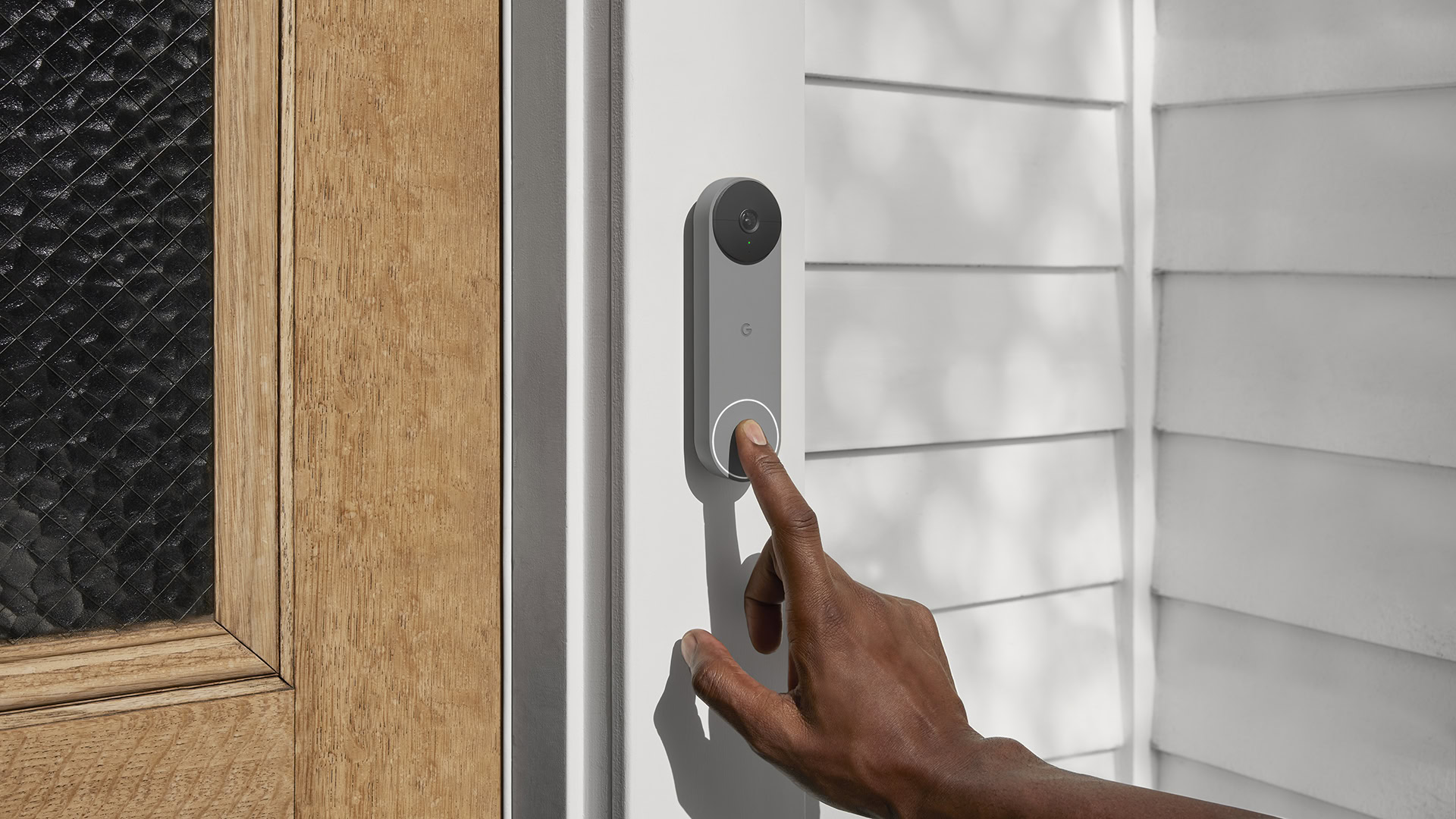
- Nest Doorbell (Wired/Battery): The key selling points here are an elegant design, 3 hours of free cloud recording, and on-device detection of people, packages, animals, and vehicles, which helps prioritize alerts. Only the Battery model can keep recording for an hour after a power or internet outage, but the Wired one never has to be charged, and supports continuous (i.e. more than event-based) recording with Nest Aware Plus.
Cameras
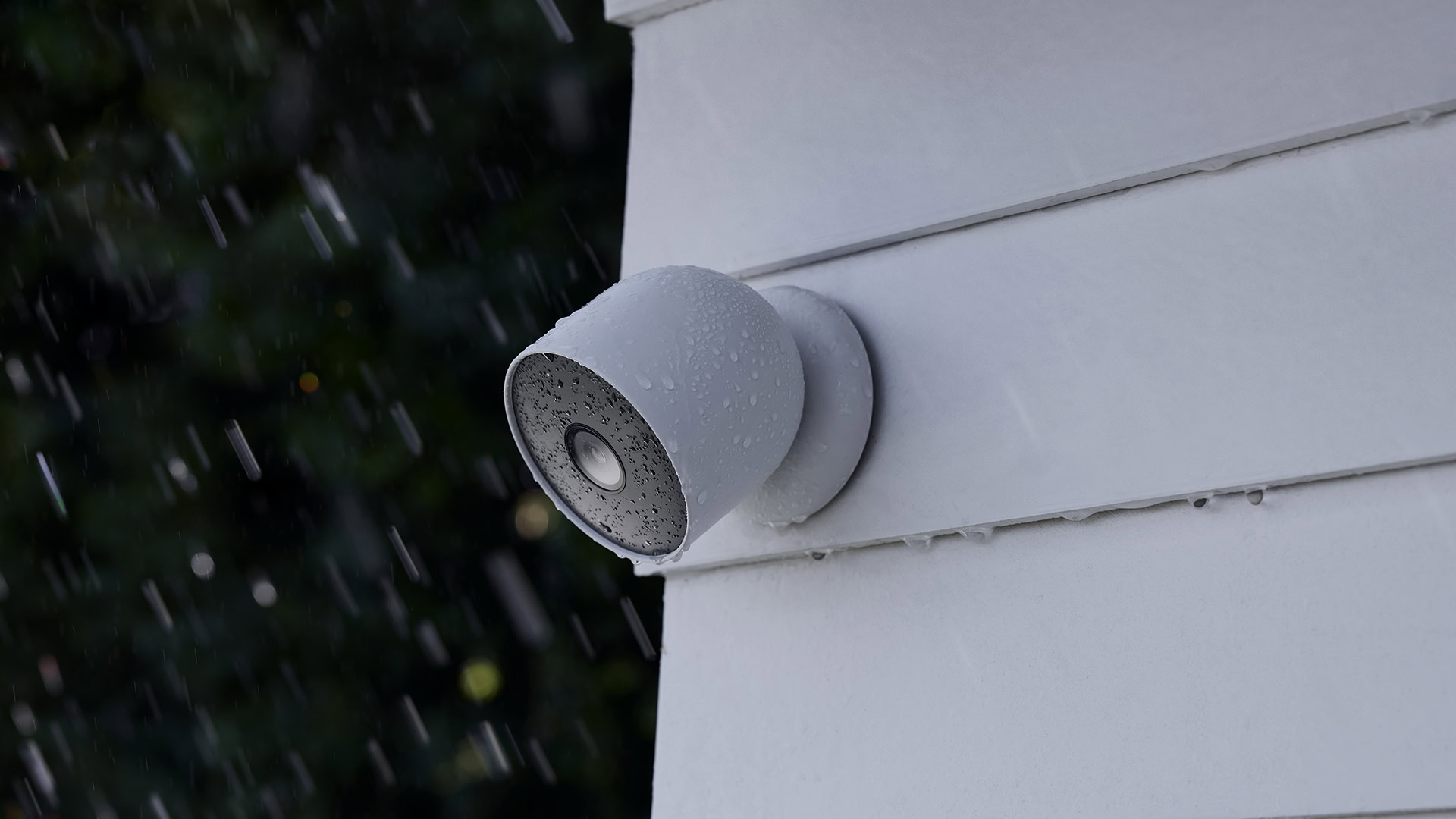
- Nest Cam (Battery): Google’s core security camera is wireless and weather-resistant, with the same on-device object recognition as the Nest Doorbell, and the ability to record for an hour if Wi-Fi drops. If you’re willing to spend big, there’s an upgraded version with built-in floodlights.
- Nest Cam (Wired): The Wired camera is largely identical to the Battery model, but lacks any weather resistance or lighting options. That helps keep its price down, but oddly enough, it has a slightly wider 135-degree field of view (versus the Battery’s 130).
Smart speakers
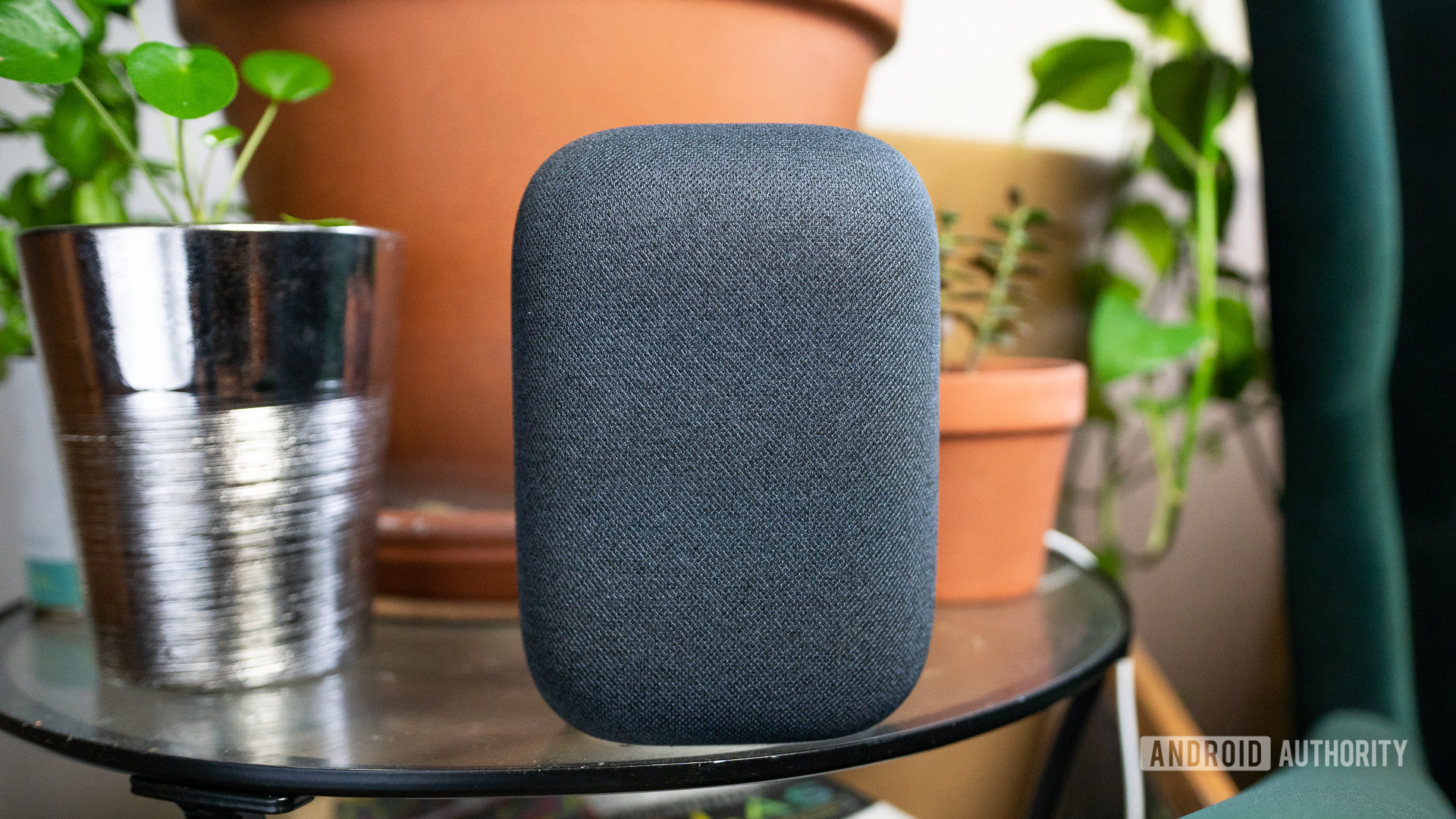
- Nest Audio: Google’s best speaker features not just Google Assistant but Media EQ — which tunes output to the kind of content you’re listening to (music, podcasts, etc.) — and Ambient EQ, which adjusts volume based on ambient noise levels. You can pair two Audios for stereo.
- Nest Mini: The Mini is mostly intended for enabling a basic Assistant-based smart home, but it’s extremely cheap and compact, and does in a pinch for listening to radio, podcasts, and low-key ambient music.
Smart displays
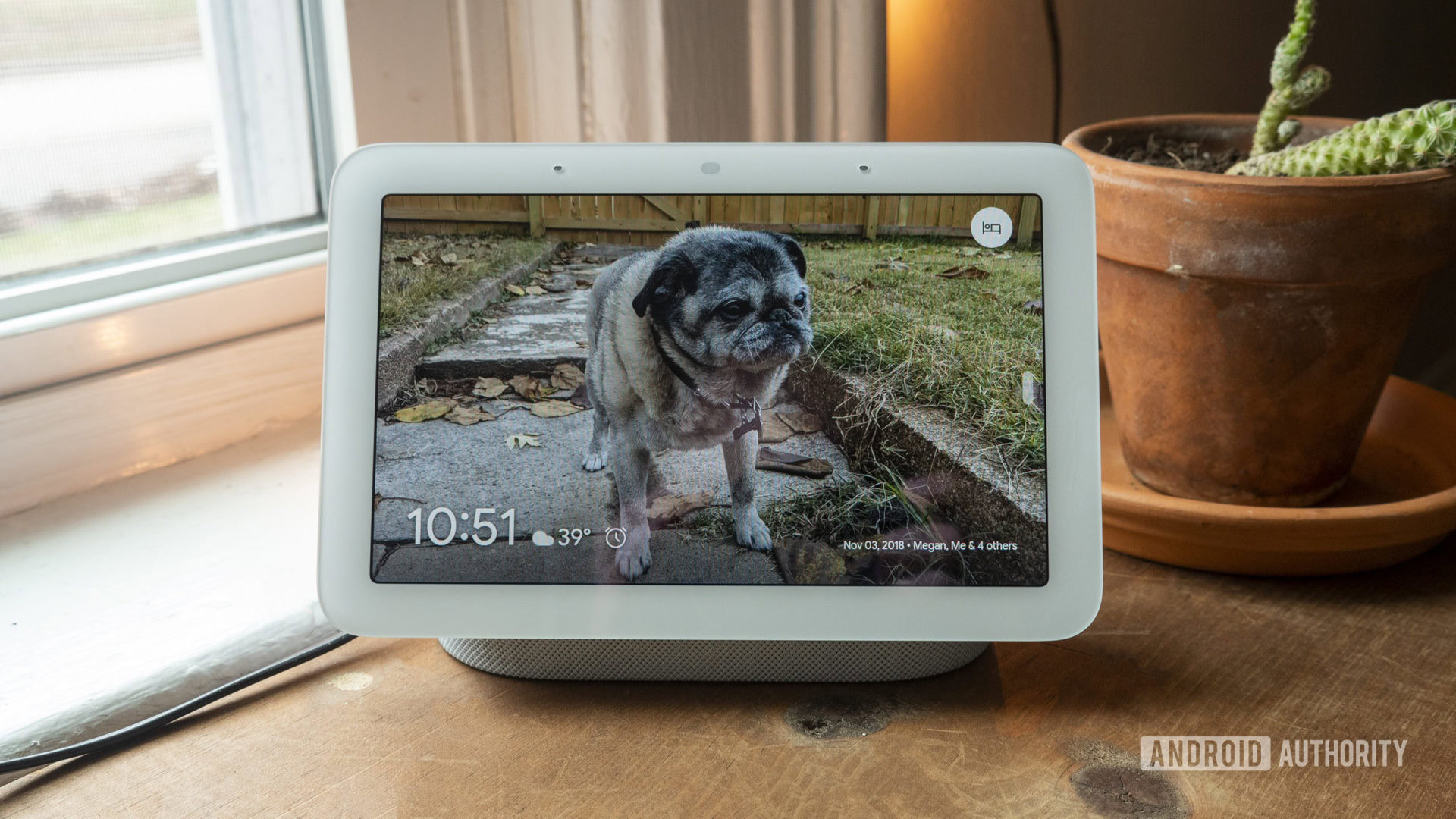
- Nest Hub (2nd gen): The standard Nest Hub has a 7-inch screen, and bolsters Assistant with visual controls, recipe guidance, and the ability to stream video from sources like YouTube, Netflix, and Plex. If you put it on your nightstand, you can take advantage of Sleep Sensing.
- Nest Hub Max: The Max steps up to a 10-inch display, better audio, and an integrated camera for video calls, facial recognition, and Nest Aware functions. It doesn’t support Sleep Sensing, though.
Safety sensors
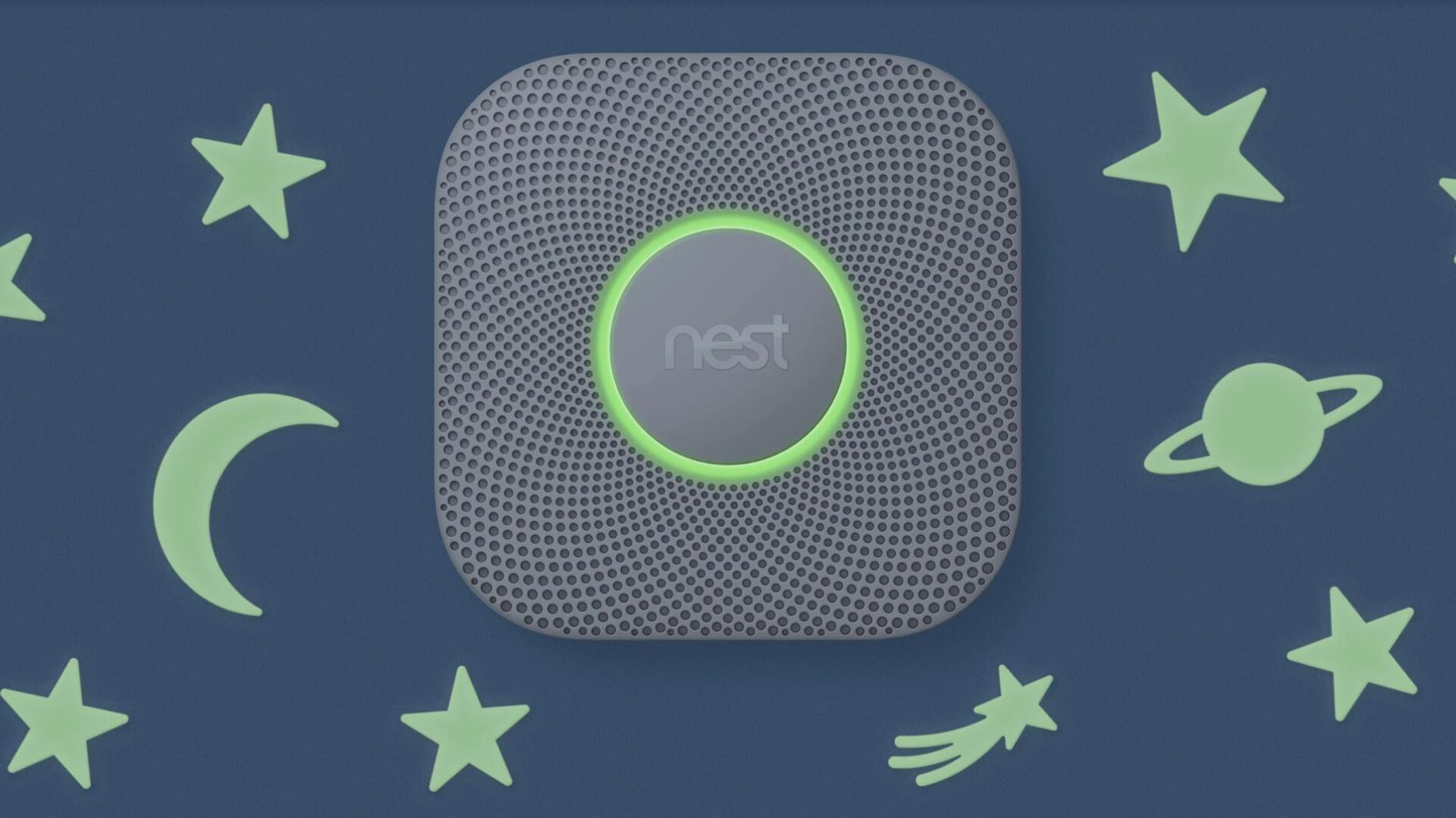
- Nest Protect: The Protect detects smoke and carbon monoxide, pushing alerts to your phone as well as its built-in speaker. Another benefit is app-based battery warnings, so you never have to scramble for a stepladder to shut off annoying chirps. There are wired and battery-powered versions, the former using three AA batteries as backup.
Wi-Fi routers
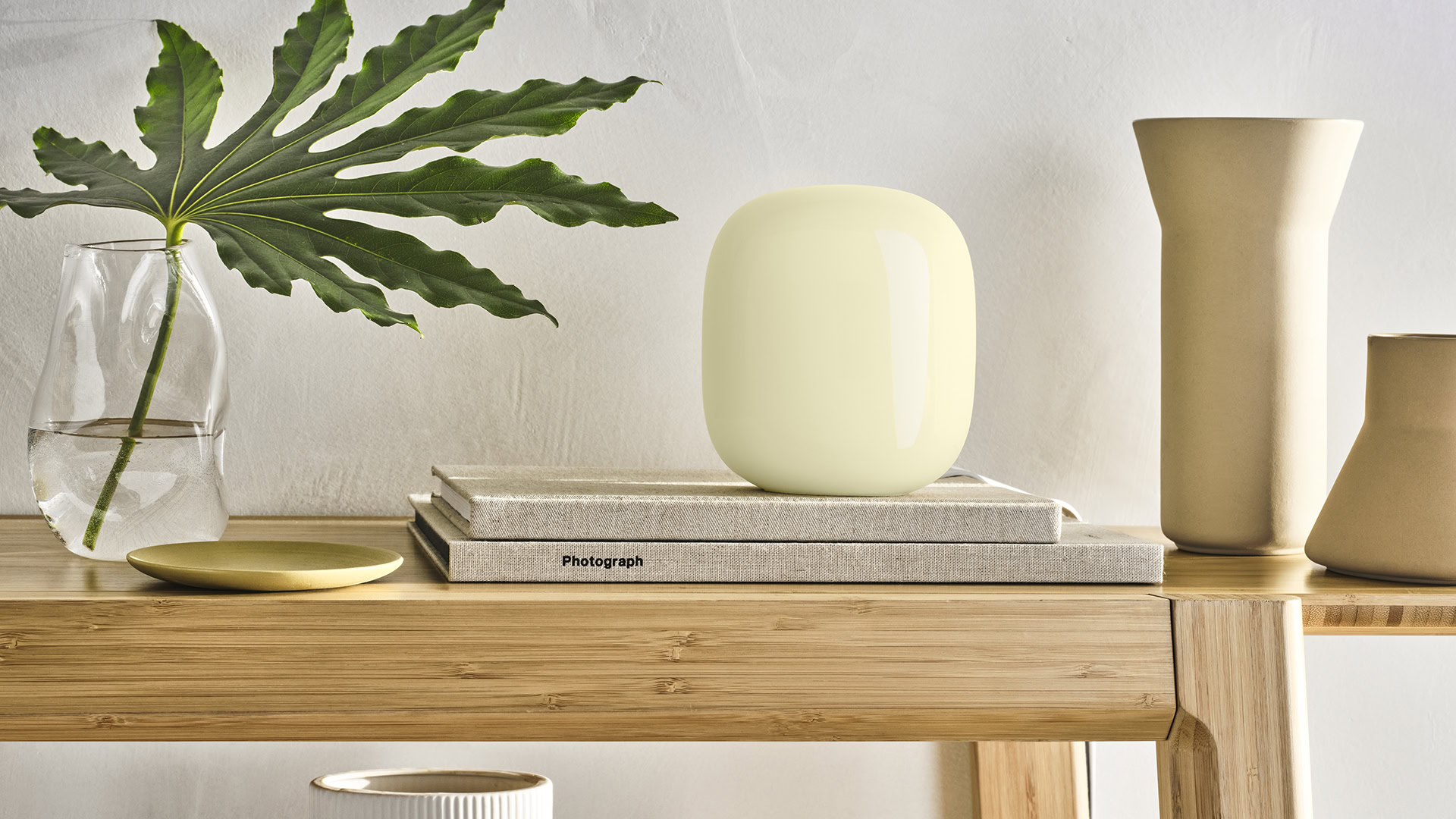
- Nest Wifi Pro: Google’s latest mesh router offers Wi-Fi 6E and Ethernet ports on every node. While you can potentially get away with a single node, you’re really meant to buy a multi-node bundle to cover a wider area and fill in any signal gaps. Read our review here.
- Nest Wifi: The basic Nest Wifi is limited to Wi-Fi 5, and only sports Ethernet on a primary router. It is cheaper however, and each “point” extension doubles as an Assistant speaker.
- Google Wifi: Outdated but still on sale, the Google Wifi is similar to the Nest Wifi except that it’s slower (capped at 1.2Gbps instead of 2.2Gbps, or the 4.2Gbps on the Pro), and none of its nodes act as smart speakers.
Media streamers
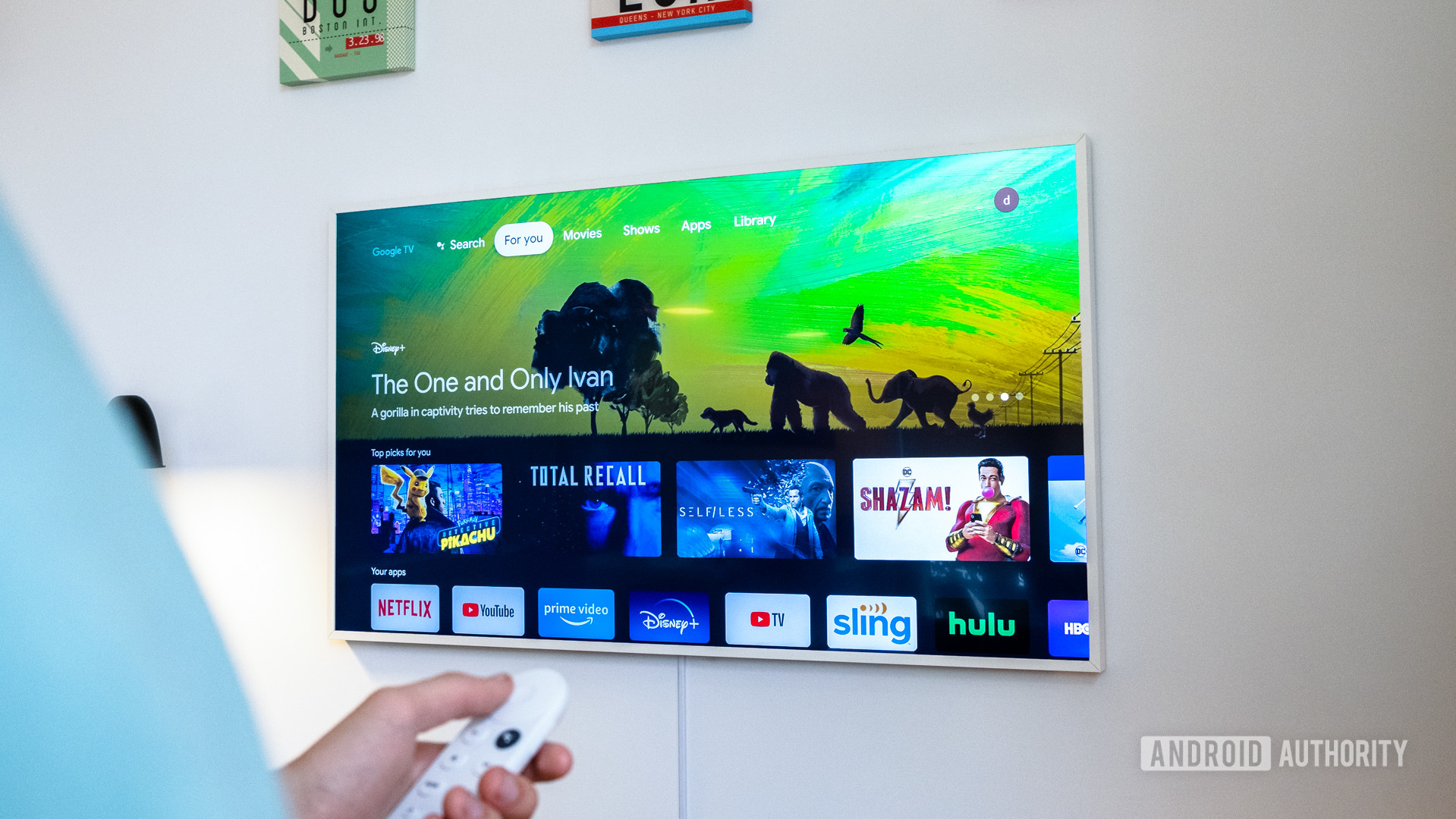
- Chromecast with Google TV (4K): This dongle plugs into your TV’s HDMI ports, and its remote allows both onscreen control and Assistant voice commands. In fact, you can control it with any Assistant device linked to your Google account. Most people should choose the 4K model, not just for resolution but because it supports every major HDR format, including Dolby Vision and HDR10 Plus.
- Chromecast with Google TV (HD): Resolution is capped at 1080p, and you lose Dolby Vision, but the tradeoff is a lower price while keeping HDR in the form of HDR10 Plus and HLG.
Smart locks
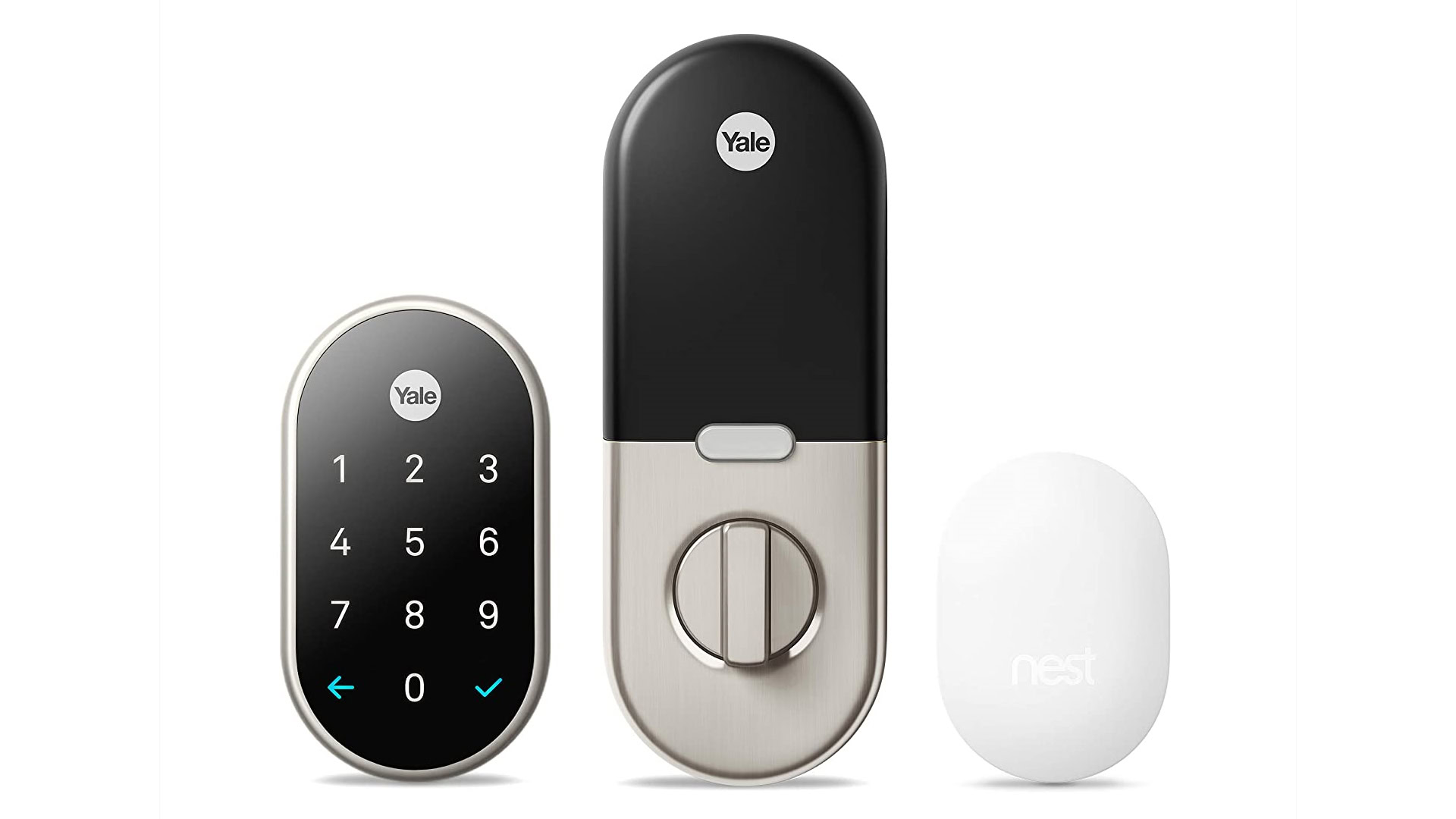
- Nest x Yale Lock: This keypad lock replaces your existing deadbolt, and effectively requires a Nest Connect module, which links it with Wi-Fi and Google Assistant. It’s actually outdated in that regard and should probably be skipped in favor of other Assistant-compatible locks.
Does Google Nest require a subscription?
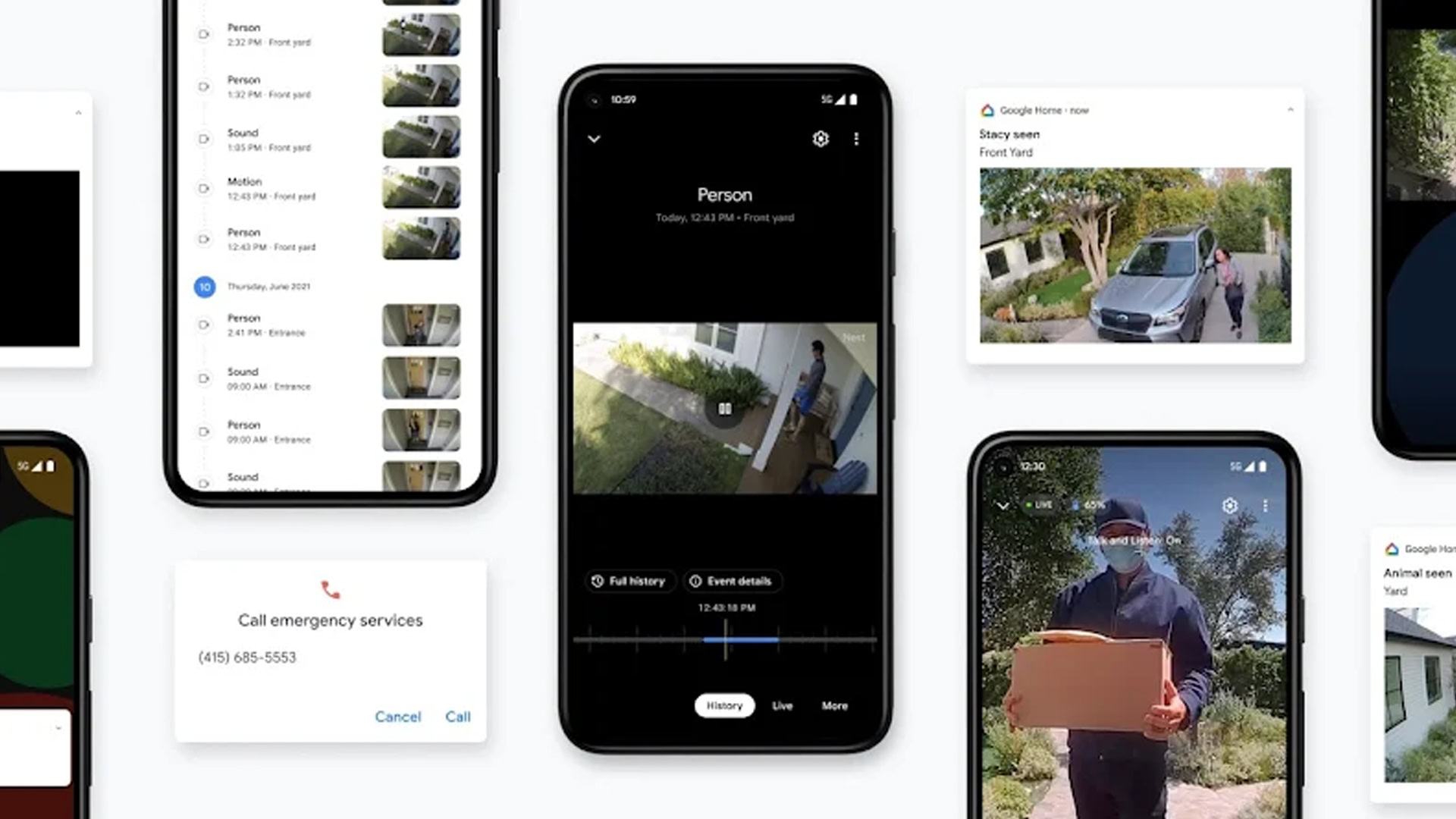
There’s no such thing as a “Google Nest” subscription, but Google is more than happy to sell you services that enhance Nest products, such as YouTube Premium, YouTube Music, and Nest Aware.
Aware is the only one that’s Nest-specific. You can learn more in our guide, but its main upgrades are 30 days of event recording plus “familiar face” recognition. That is, camera-equipped Nest devices can identify friends and family members, which means you’ll know when it’s a stranger lurking by the front door or just your partner doing home maintenance.
In the US, the standard Aware plan is $6 per month or $60 per year. Customers can optionally upgrade to Aware Plus, which extends event recording to 60 days, and adds 10 days of continuous recording for wired cameras. That plan is $12 per month or $120 per year. Neither tier has a limit on the number of supported devices.